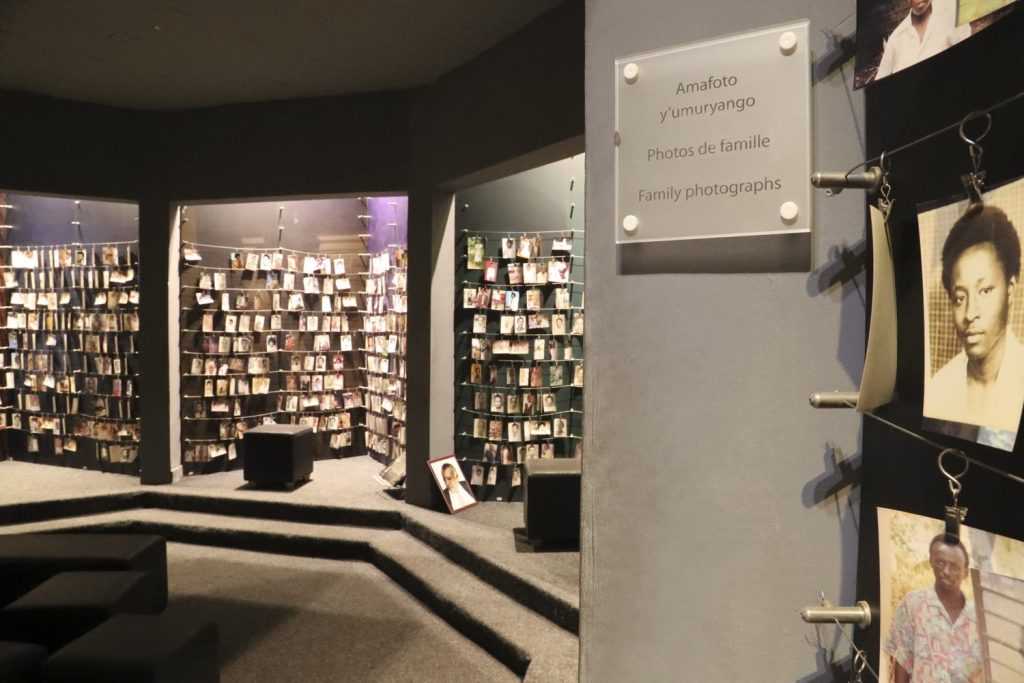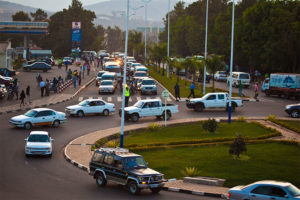A Journey of Hope: Visiting Rwanda’s Genocide Memorials

Rwanda’s genocide memorials stand as powerful testaments to one of the darkest chapters in human history. These sites not only commemorate the victims of the 1994 genocide against the Tutsi but also serve as beacons of hope, education, and reconciliation. As Rwanda approaches the 31st anniversary of the genocide in April 2025, these memorials continue to play a crucial role in the nation’s healing process and its commitment to preventing such atrocities from ever happening again.
The National Memorials
Rwanda has established eight national genocide memorials across the country, each offering a unique perspective on the events of 1994. In September 2023, UNESCO recognized four of these sites as World Heritage Sites, further emphasizing their global significance.

Kigali Genocide Memorial
Located on Gisozi Hill, just a few kilometers from Kigali’s center, the Kigali Genocide Memorial is the country’s primary remembrance site. Opened in 2004, it houses the remains of approximately 250,000 victims. The memorial features:
- A museum chronicling Rwanda’s history and the events leading to the genocide
- Display cases containing personal artifacts, including clothing and weapons used during the killings
- A wall inscribed with the names of known victims
- Gardens for reflection and remembrance
Nyamata Genocide Memorial
Situated about 40 kilometers south of Kigali, the Nyamata church stands as a stark reminder of one of the genocide’s most horrific events. On a single day in April 1994, around 50,000 people seeking refuge in this church were massacred. The site has been preserved to show:
- Bloodstained clothing of victims
- Damage to the building from grenades and gunfire
- Mass graves containing thousands of victims
Murambi Genocide Memorial
Located 150 kilometers southwest of Kigali, the Murambi memorial is perhaps the most graphic of all the sites. It was here that between 45,000 and 50,000 people were killed after being lured to a technical school under the false promise of protection. The memorial features:
- Preserved bodies of victims, serving as a haunting reminder of the scale of the atrocity
- Exhibits detailing the events that unfolded at the site
- Mass graves where many victims are buried
Bisesero Genocide Memorial
Known as the “Memorial of Resistance,” Bisesero honors the Tutsi who bravely defended themselves during the genocide. The site commemorates over 50,000 victims while highlighting themes of resilience and resistance in the face of overwhelming odds.
The Role of Memorials in Rwanda’s Healing
These memorials serve multiple purposes in Rwanda’s ongoing journey of reconciliation and remembrance:
- Education: The sites provide detailed historical context, helping visitors understand the factors that led to the genocide and the importance of preventing such atrocities in the future.
- Commemoration: They offer a space for survivors and families of victims to remember their loved ones and find solace.
- Reconciliation: By presenting the truth about what happened, the memorials contribute to the process of national healing and unity.
- International Awareness: These sites serve as powerful reminders to the international community about the consequences of hatred and the importance of early intervention in potential genocide situations.
Visitor Experience
Visiting Rwanda’s genocide memorials is an emotionally challenging but profoundly important experience. Visitors often describe feeling a deep sense of sorrow mixed with admiration for Rwanda’s resilience and progress since 1994. Tour guides, some of whom are survivors themselves, provide personal testimonies that bring the history to life in a deeply moving way.
Controversies and Challenges
While the memorials play a crucial role in Rwanda’s remembrance efforts, they are not without controversy. Some critics argue that the narrative presented at these sites emphasizes the suffering of Tutsis while downplaying the experiences of moderate Hutus who were also targeted. Additionally, the graphic nature of some displays, particularly at Murambi, has raised questions about the ethics of such presentations.
Looking to the Future
As Rwanda continues to move forward, these memorials remain vital to the country’s identity and its commitment to “Never Again.” They serve not only as sites of remembrance but as educational tools for future generations, both in Rwanda and around the world. By preserving the memory of what happened and fostering understanding, these memorials contribute to a more peaceful and tolerant future.
Visiting Rwanda’s genocide memorials is indeed a journey of hope – one that acknowledges the depths of human cruelty but also celebrates the resilience of the human spirit and the power of reconciliation.
Are you interested in a private visit to the Genocide memorials in Rwanda, simply contact us now by emailing to info@rentadriverrwanda.com or call us now on +256-700135510 to speak with us.




